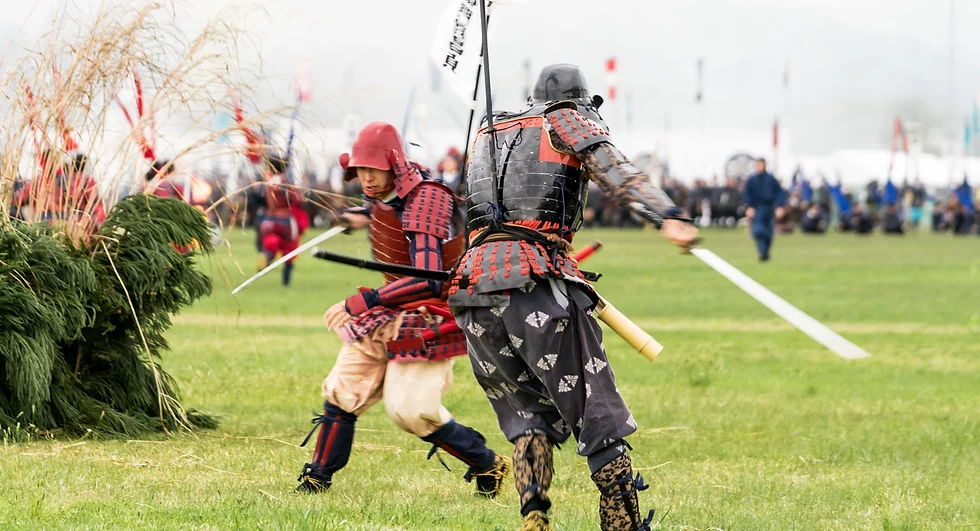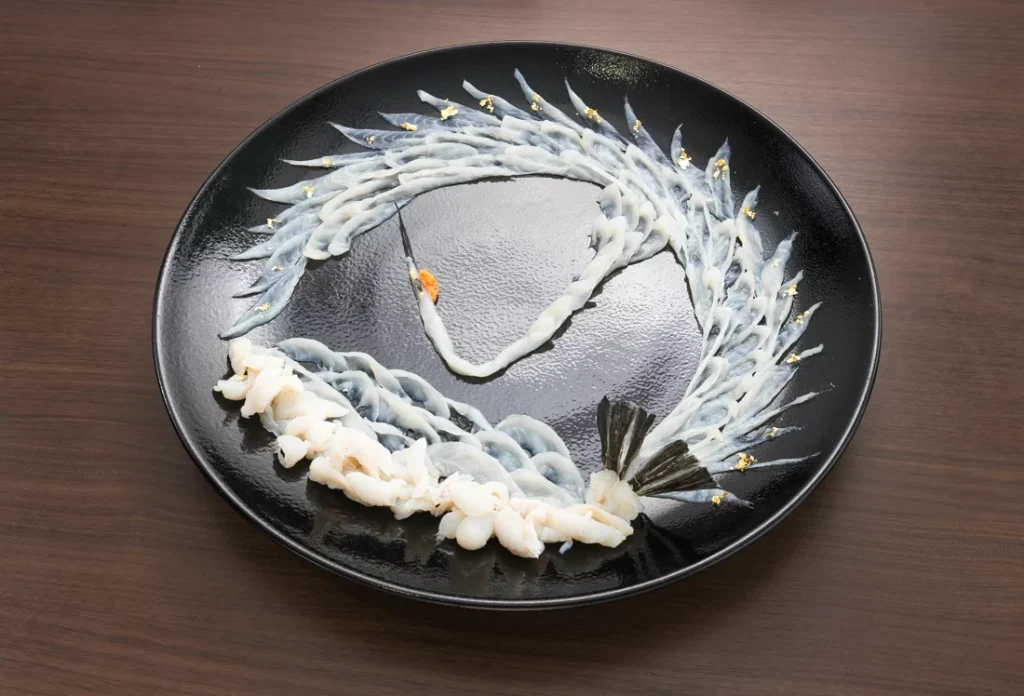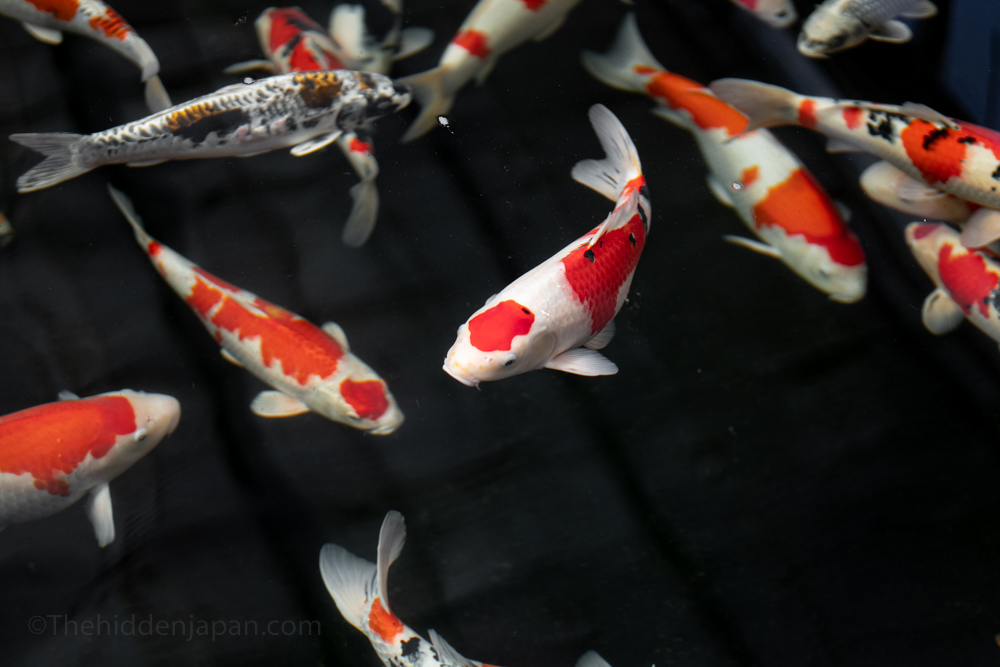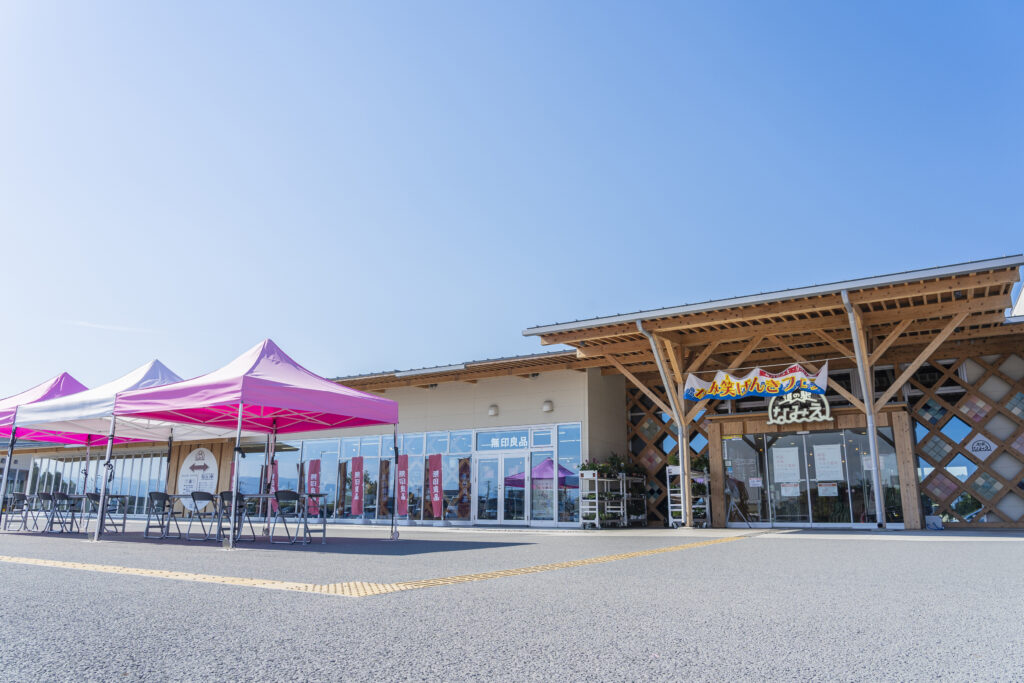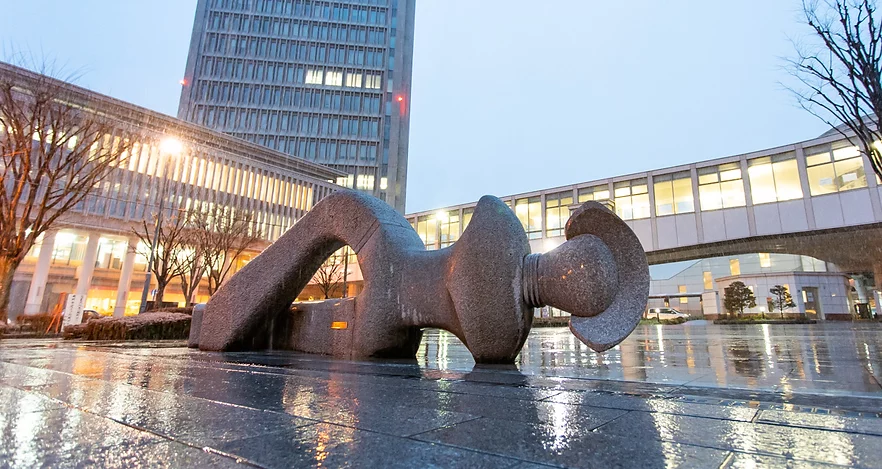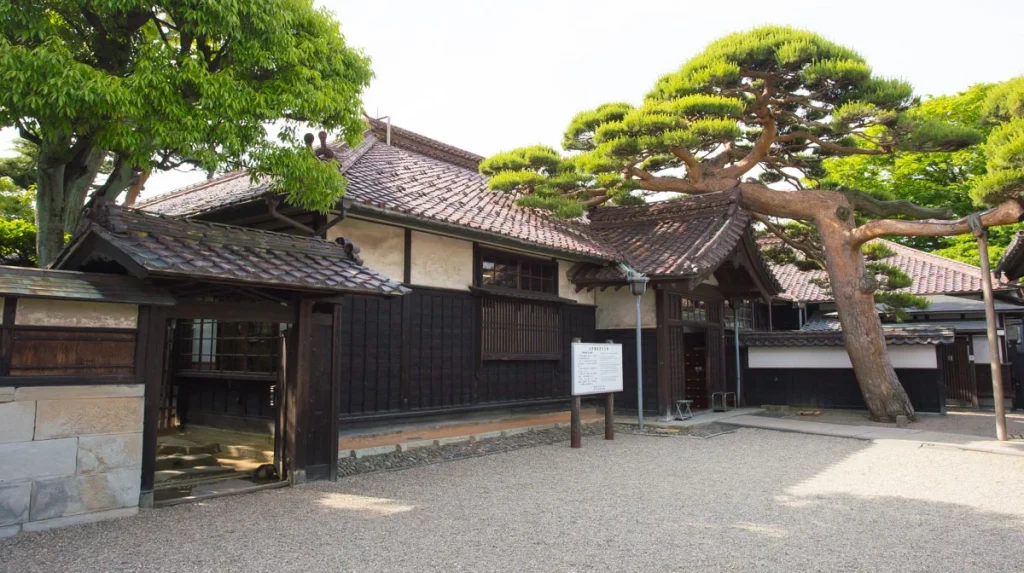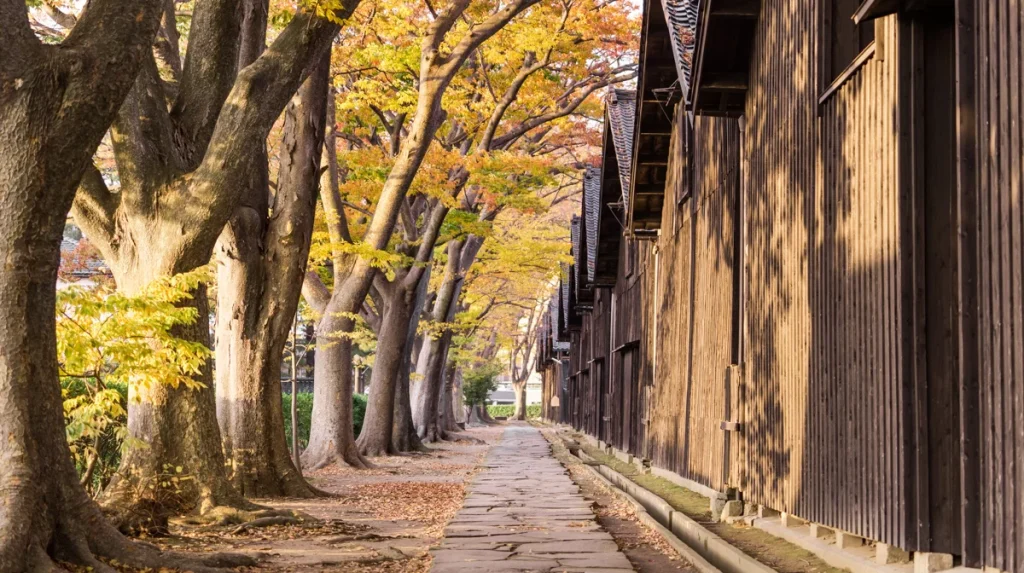
Yamagata Prefecture
If you’re searching for the chance to refresh your mind, body, and soul, a pilgrimage to the Dewa Sanzan in Tsuruoka may be in order.
For over 1400 years, the three Dewa Sanzan in Tsuruoka City, have been the site for mountain worshippers from across the world.
Each of the Three Sacred Mountains of Dewa represents a different world; Mt. Haguro the world of the present, Mt. Gassan the world of the past or the afterlife, and Mt. Yudono the future or rebirth.
A visit to all three of these mountains is renowned as a journey of rebirth and is one of the largest draws for visitors to Yamagata Prefecture and the Tohoku Region. See below for full information on these remarkable mountains and the beautiful journey they represent.
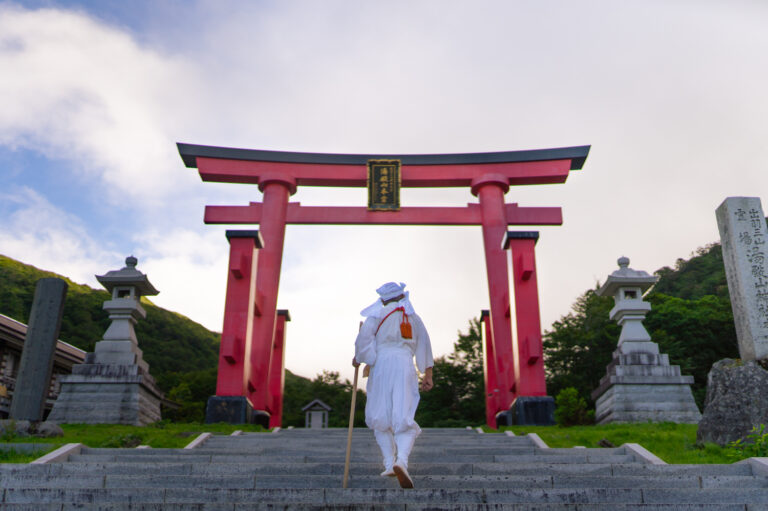
The Three Mountains of Dewa
Mt. Haguro
Hagurosan
Height
414m (1360 ft.)
Opening Hours
Open year-round.
Represents
the world of the present.
Things of note
- Five-storied pagoda
- Cedar tree-lined stone stairway
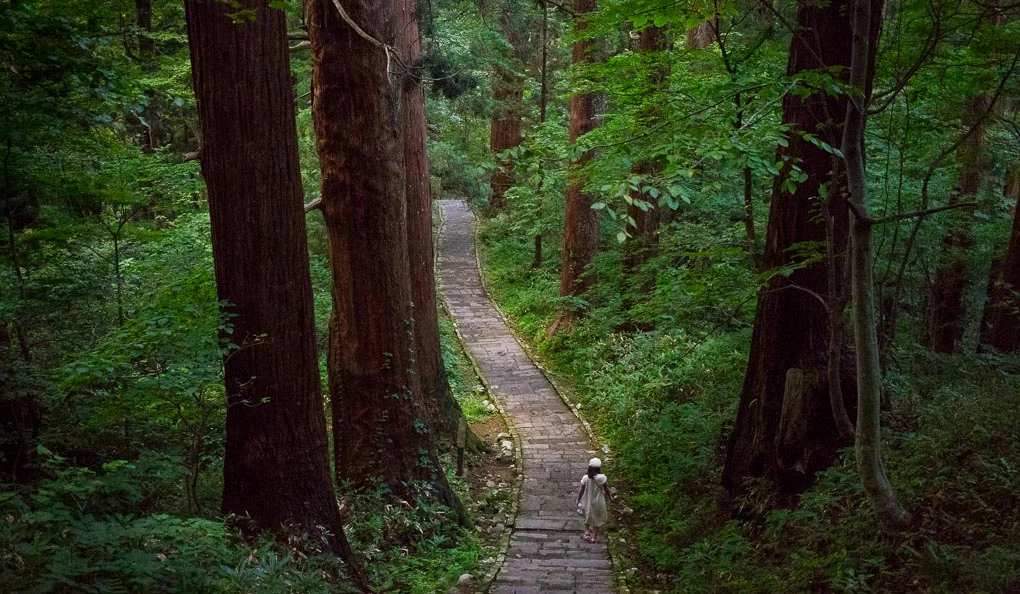
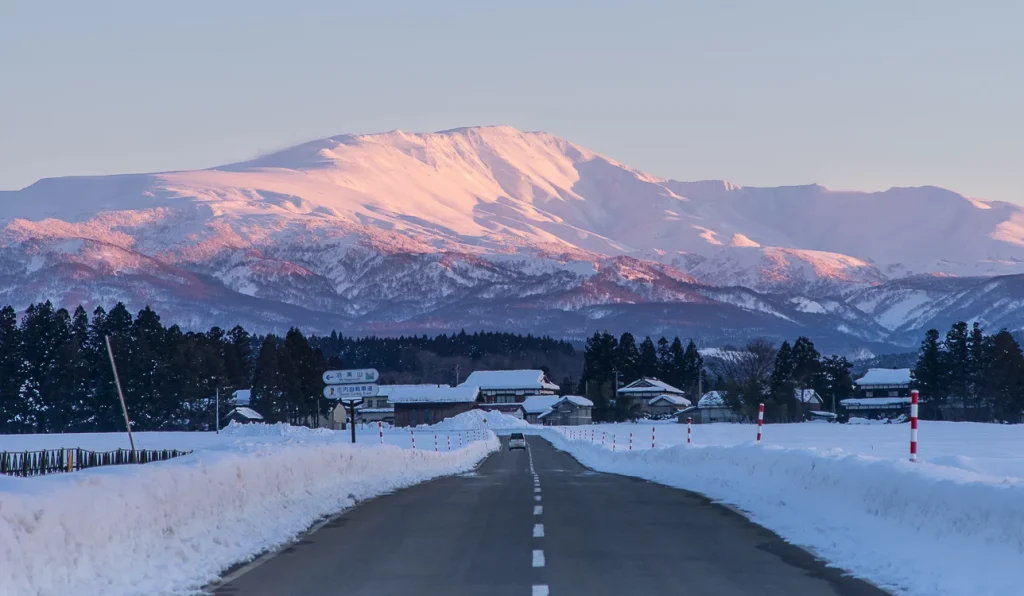
Mt. Gassan
Gassan
Height
1984m (6510 ft.)
Opening Hours
July to October.
Represents
the world of the afterlife.
Things of note
- Midagahara marshes
- Gassan Shrine
Mt. Yudono
Yudonosan
Height
1504m (4934 ft.)
Opening Hours
May to October.
Represents
the world of the future or rebirth.
Things of note
- The most sacred of the three Dewa Sanzan mountains.
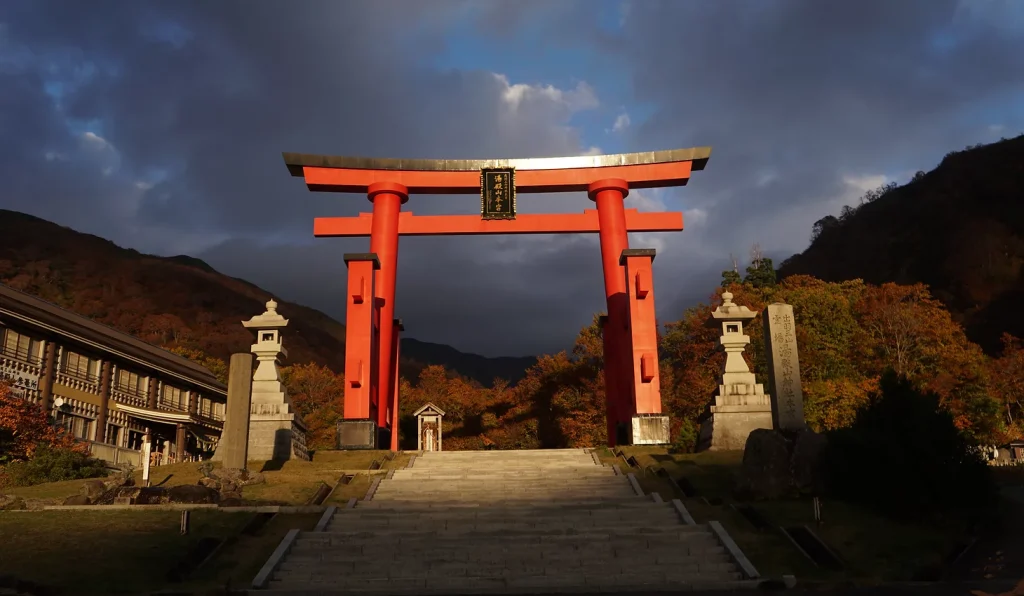
The Origins of the Dewa Sanzan Pilgrimage
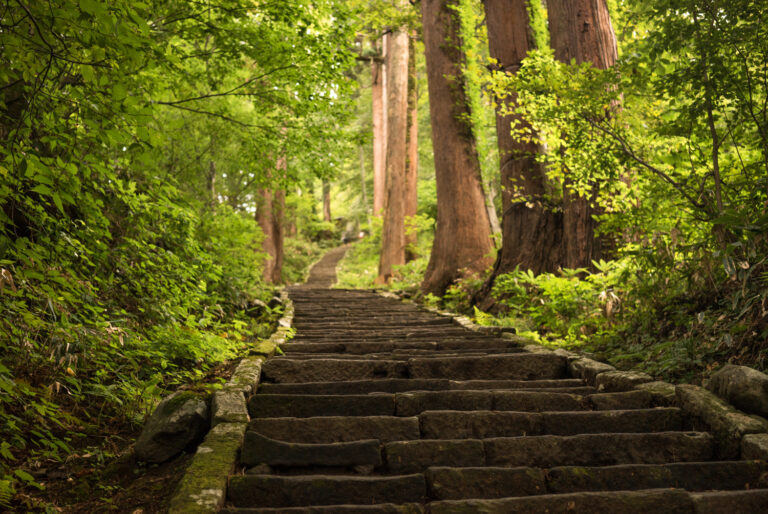
The belief that crossing the Dewa Sanzan leads to rebirth began in 592 A.D. after the assassination of the 32nd Emperor of Japan, Emperor Sushun, by the Soga clan. Worried about further turmoil, Prince Shōtoku, the emperor’s nephew, whose family would later become the center of politics in ancient Japan, recommended Prince Hachiko, the Emperor’s son, to escape to Mt. Haguro in Dewa Province (modern-day Yamagata and Akita Prefecture in the Tohoku region). Here, it is said, was where he would encounter a Kan’on God.
Prince Hachiko then left his home in Nara and sailed north from Kyoto along the West coast of the Sea of Japan when he came across eight Yaotome sea maidens at Yura enticing him to land. Realizing he had found Dewa Province, Prince Hachiko followed the advice of the Yaotome to head east. While climbing through a thick forest, a mythical three-legged raven appeared at Karasuzaki Shrine in Toge and helped guide Prince Hachiko towards the mountains.
Suddenly there was a flash of light, and a Kan’on God appeared. Prince Hachiko then started praying for peace and dedicated his life to the townspeople who had helped him on his way despite living in hardship, and so began the worship of the Dewa Sanzan that lasts to this day.
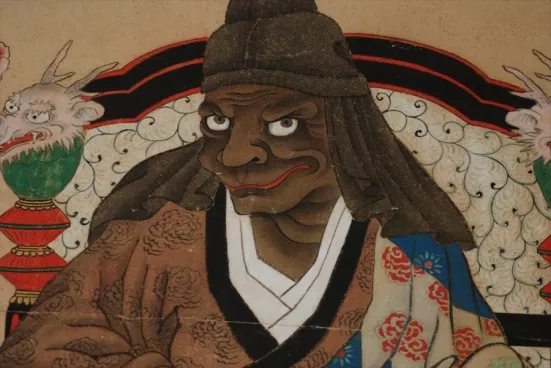
Your Journey to Rebirth: Getting up the Dewa Sanzan
It would be possible to climb all three of the Dewa Sanzan in one day, however, it’s not an easy climb, and it’s best to take your time to properly take in their mystical charm.
To do all three Dewa Sanzan mountains without special assistance such as a taxi or rental car is still possible, however, be warned that public transport can be infrequent. By far the easiest way to get to any of the mountains is by rental car, and depending on numbers it may work out to be the cheapest option too.
The easiest way to climb all three is to climb Mt. Haguro separately and then do Mt. Gassan and Mt. Yudono at the same time, as they can both be accessed by a single long hike. Please note that we would highly recommend having an experienced guide join you as the trail connecting these two mountains is a specialized course. It is not typically used by tourists and is not for beginners with little experience in hiking, so contact us if you are interested in doing this route.
Setting up base at a Shukubo pilgrim lodge on Mt. Haguro is a good way to go, and is also a great chance to experience some of Yamagata’s finest hospitality. Otherwise, it would be possible to pack for a hike on the mountain and leave all your other belongings at Tsuruoka station.
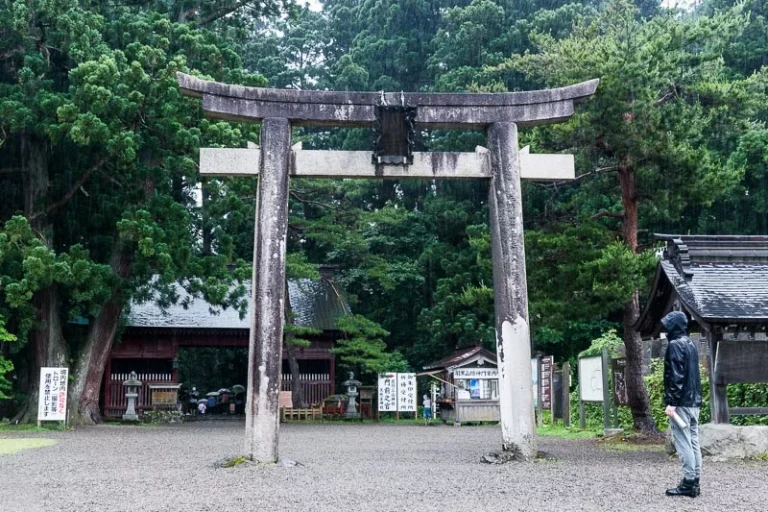
Mt. Haguro to Mt. Gassan and Back

If you aren’t already there, take a bus from Tsuruoka or drive to Mt. Haguro. Leave your car here to pick up later. Allow one hour to climb up and one hour to climb down the 2,446 stone steps, as well as some time up the top to check out the shrines, the historical museum, and the array of shops. There is a bus that can be taken from either the top, or the bottom of Mt. Haguro to the 8th station of Mt. Gassan (月山8合目Hachi go-me). This bus journey takes about 45 minutes to an hour.
Once at the 8th station, it takes about three hours to climb up to the summit of Mt. Gassan, and then another three hours down the other side to Mt. Yudono. From Mt. Yudono, there are busses at 10:35, 1:30, and 4:15 that will take you back to the base of Mt. Haguro before continuing to Tsuruoka.
The buses cost 2,000 yen between Tsuruoka station and Mt. Yudono, or 1,500 yen between Mt. Haguro and Mt. Yudono. Be warned that the 4:15 bus does not go to the top of Mt. Haguro, and for the other buses you will need to switch to get back to Tsuruoka.

Yamabushi Pilgrimages on the Dewa Sanzan
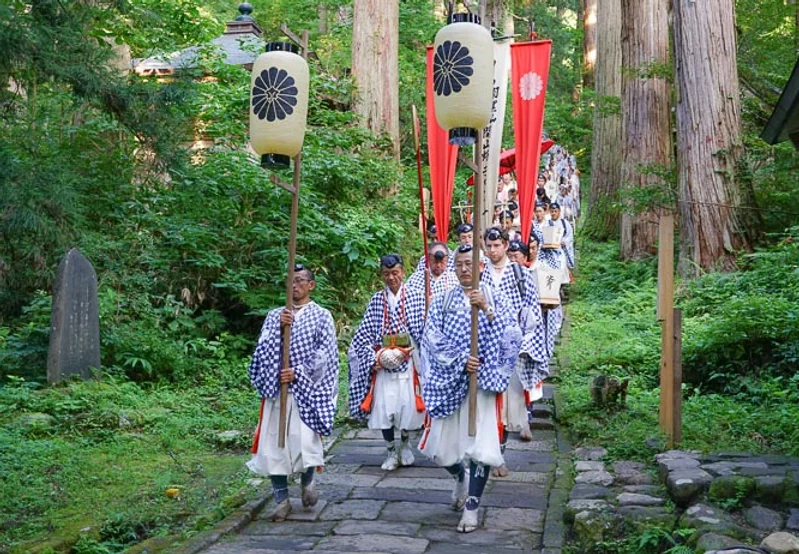
Yamabushi are the monks or priests who partake in the rituals in the mountains seeking rebirth and enlightenment. The word Yamabushi (山伏) is made up of two parts; Yama (山) meaning mountain, and Fushi (伏, also pronounced bushi) meaning to promulgate or bow down in worship. So the name literally means ‘mountain worshipper’.
There was originally a ritual for each of the four seasons however these days only two rituals remain; the Autumn Peak Ritual (Aki-no-mini-iri), and Winter Peak Ritual (Fuyu-no-mine-iri).
Mt. Haguro is the center of Haguro Shugendo, a religion that is all about being at one with nature as you discover your true self.
Shugendo training is a form of mountain worship unique to Japan that started when Buddhism and the Mikkyo religion were combined with nature-worshipping, and so is, therefore, a combination of three religions as opposed to one.
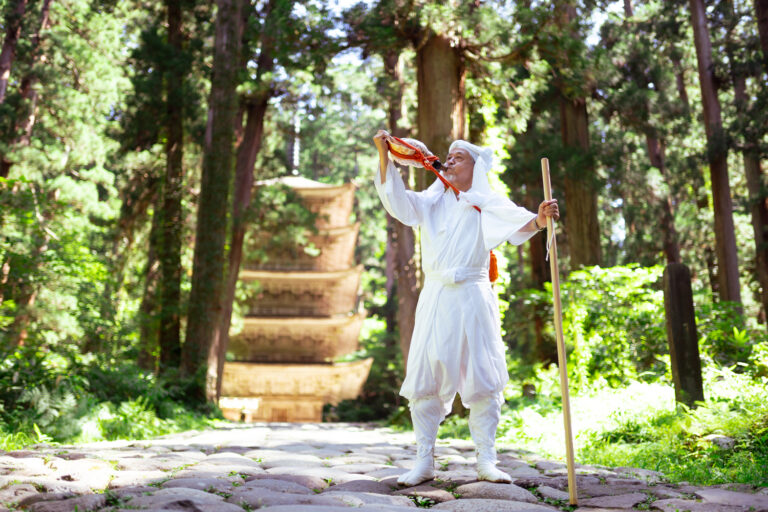
Haguro Shugendo training evolved to utilize the characteristic Dewa Sanzan mountains. The belief that it was possible to return to youthful vitality through Haguro Shugendo spread widely during the Edo period, when the pilgrimage over the three mountains; or the present, the past, and the future, became known as a ‘pilgrimage of rebirth’ or the Sankansando ritual in Haguro Shugendo circles.
During the Meiji Restoration in the 1860s, the Japanese government tried to expel Buddhism in Japan to imitate the west in only having one main religion. The effects of this can be seen all around Japan, such as the markings on the stone gate outside Zuishinmon being scratched out. This policy also led to an interesting phenomenon in the Dewa Sanzan; there are now, in fact, two Autumn Peak Rituals, one based on Buddhism and the other based on Shinto, after Buddhism was un-banned following the second world war.
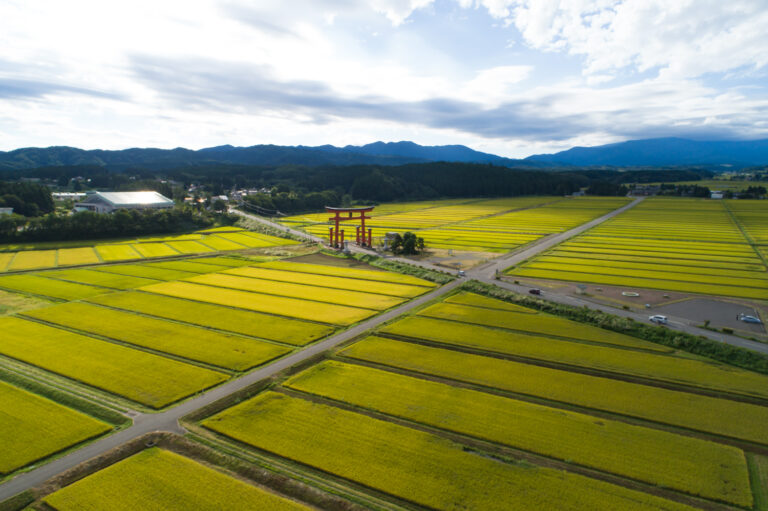
It is said that the rituals have been continuing for over 1000 years, and both Autumn Peak Rituals take seven days with the Buddhist version beginning on the 25th, and the Shinto version beginning on the 26th of August each year.
The Shinto ritual is a great chance to see around 150 Yamabushi training in the mountains. On the night of the 31st of August, every year the Hassaku Festival takes place outside Prince Hachiko shrine, immediately next to Dewa Sanzan Shrine on the top of Mt. Haguro.
The first of September concludes the Autumn Peak Ritual when the 150 Yamabushi parade down the stone steps of Mt. Haguro, certainly a sight to behold.
The Winter Peak Ritual involves two Yamabushi named Matsuhijiri, who must come from the Toge township on the foothills of Mt. Haguro. The Matsuhijiri spend 50 days praying and donating the five grains to small huts, and another 50 days in a special room in Saikan, which was once a Buddhist temple. The Winter Peak Ritual concludes on New Year’s Eve with a festival where effigies of demons are burned in what is called the Shoreisai Festival.
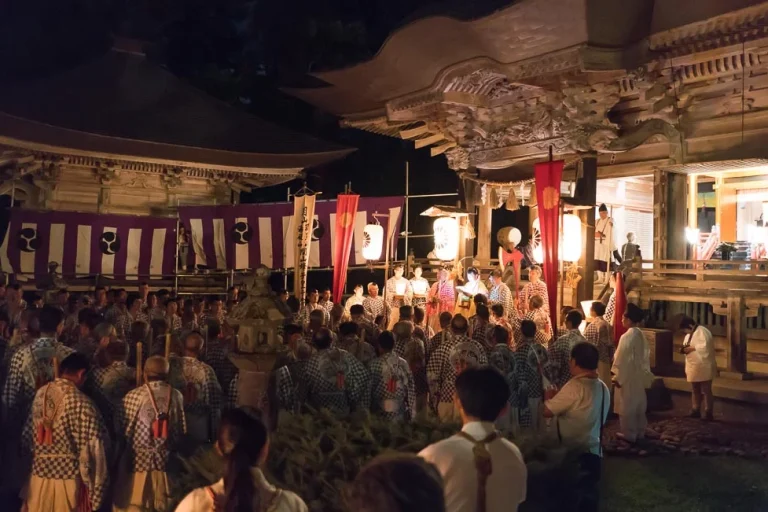
Yamabushi Training Programs
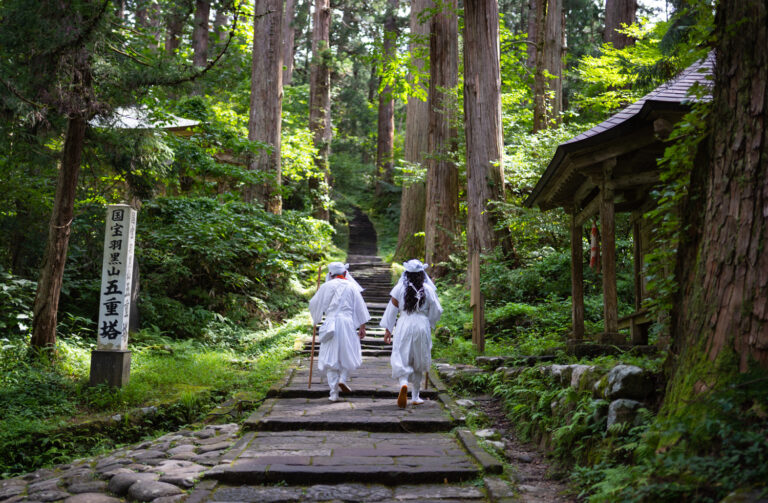
Visitors to the Dewa Sanzan are welcome to authentic Yamabushi mountain monk experiences through a number of training programs led by the shrines of these mountains.
This includes waterfall prayers at Mt. Yudono, prayers with Yamabushi monks on Mt. Haguro, and a mountain ascent up to the top of Mt. Gassan, the tallest of the Dewa Sanzan.
These Yamabushi tours take part on various mountains and even on other mountains nearby the Dewa Sanzan that have served as training sites for the Yamabushi including Yamabushi tours on Mt. Kinbo.
See here for more information about the Yamabushi and their programs.

